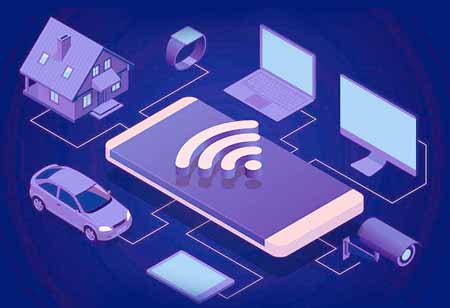THANK YOU FOR SUBSCRIBING
Key Points To Keep In Mind For Avoiding Food Safety Risks With Help Of Technology
Every day, with every shift, food businesses confront danger. As a result, their teams must work proactively to decrease the likelihood of a foodborne disease event, security breach, or other disasters.

By
Apac CIOOutlook | Tuesday, November 30, 2021
Stay ahead of the industry with exclusive feature stories on the top companies, expert insights and the latest news delivered straight to your inbox. Subscribe today.
While operators desire to decrease risk, updating old safety systems may not be at the top of their priority lists, especially when dealing with massive COVID-related outages.
Fremont, CA: Every day, with every shift, food businesses confront danger. As a result, their teams must work proactively to decrease the likelihood of a foodborne disease event, security breach, or other disasters.
Organizations must now apply COVID-19 protocols, which are constantly evolving, in addition to "basic" safety measures that adhere to local, state, and federal requirements. These difficulties get exacerbated by the industry-wide personnel shortage, which makes it even more difficult for food firms to function effectively and maintain compliance with safety regulations.
The methods used by operators to monitor and manage risk vary significantly throughout the sector, with some employing paper checklists and others relying on extensive digital systems. While operators desire to decrease risk, updating old safety systems may not be at the top of their priority lists, especially when dealing with massive COVID-related outages, catastrophic economic losses, supply chain disruptions, and a human capital crisis.
Let's see few things to keep in mind to avoid food safety risk
• Identifying problems before they become costly liabilities
Manual procedures have significant disadvantages, such as the inability to view, assemble, and analyze data in real-time. Businesses that rely on manual processes may not detect possible dangers until weeks, if not months, after generated reports. Using technology to manage data, on the other hand, makes it quick, easy, and accurate to identify — and correct — any problems before they become big liabilities.
• Using tech tools for food safety monitoring
It just takes one mistake to destroy the brand's reputation. For example, the staff may be distracted and fail to do a line check, resulting in the serving of tainted food. Requiring tech tools, like safety checks on a smartphone app rather than a paper checklist, may improve compliance and accuracy and provide management piece of mind that safety checks got performed correctly.
• Upgrade training
During the epidemic, there has been a lot of movement in the food business. Train new workers on safety practices as the team onboard them to reduce risks and protect the brand. Remember that training cannot be a "one-and-done" event in which users offer a lot of material on day one and never reinforce it. Instead, utilize technology to give quick access to materials, reminders, updates, and information in smaller "chunks" that can get absorbed more readily. Ensure that safety rules and other pertinent details are readily available so that workers have resources at their disposal whenever a question arises.





